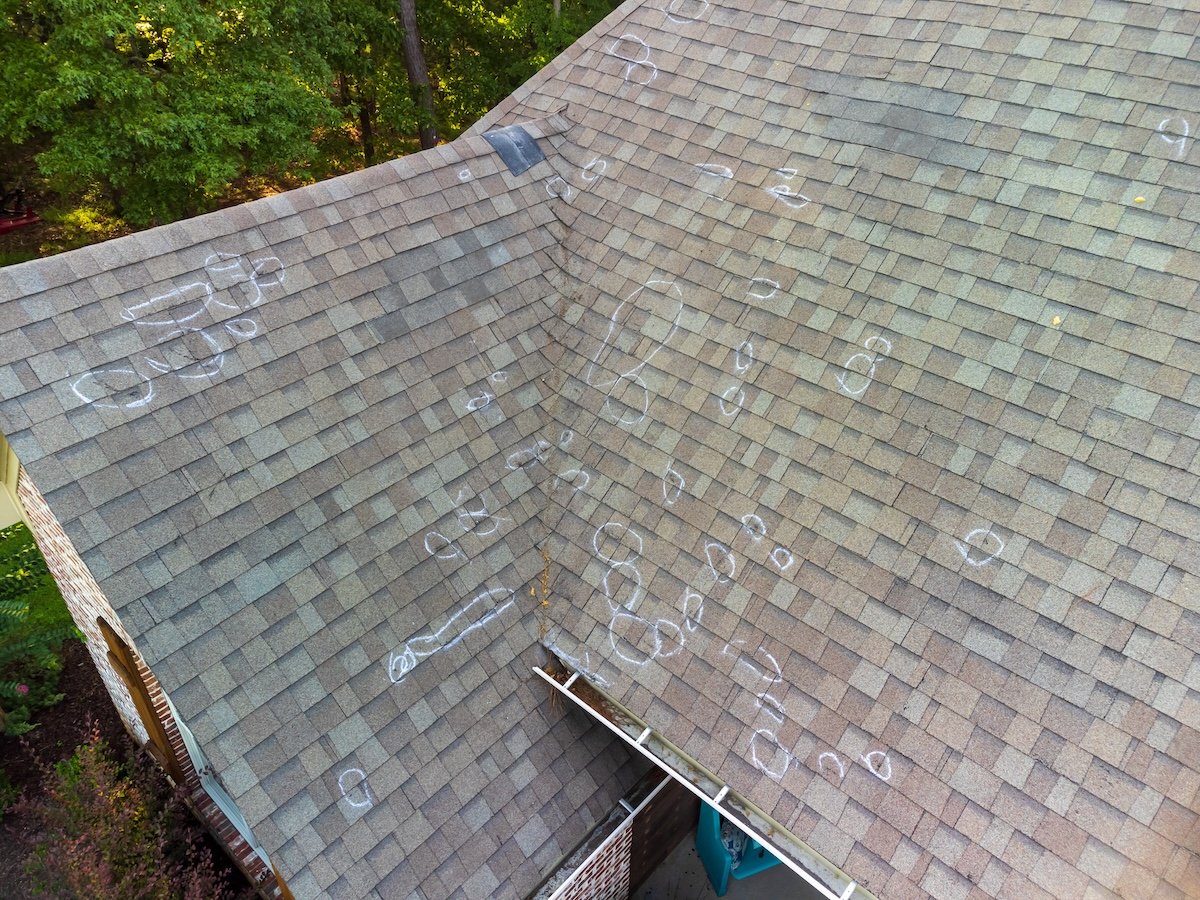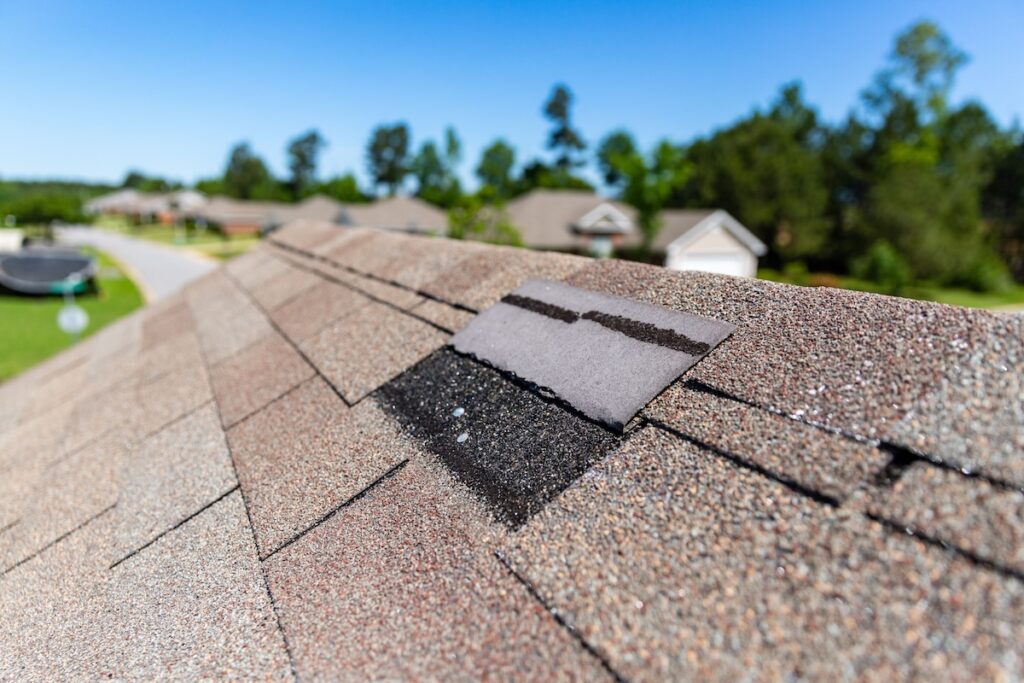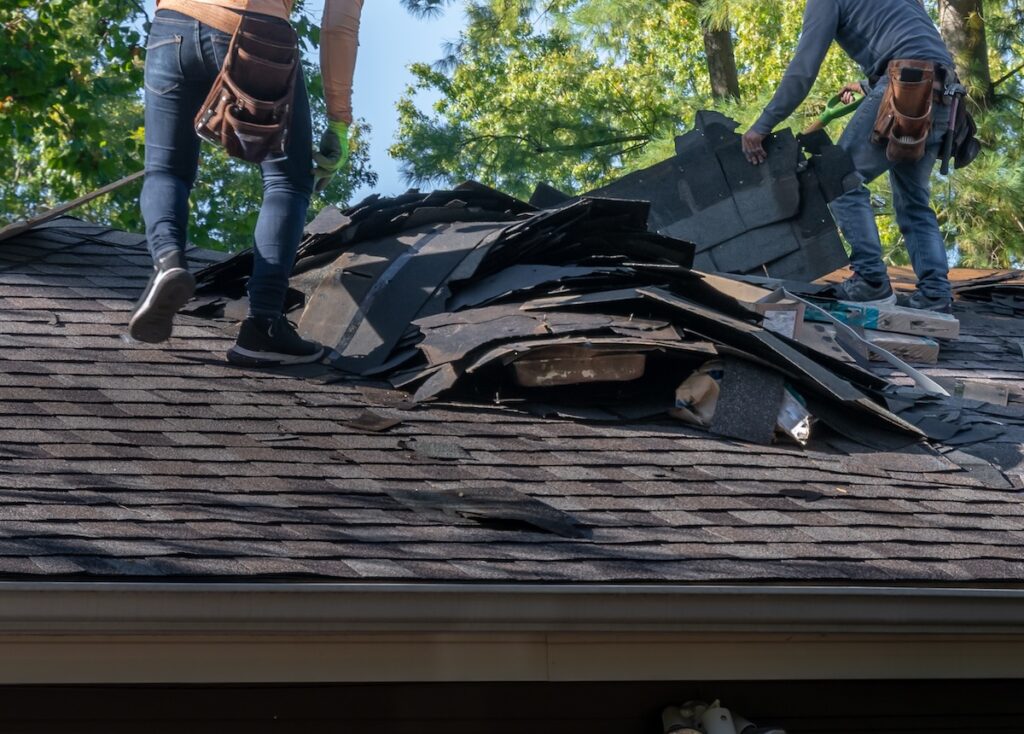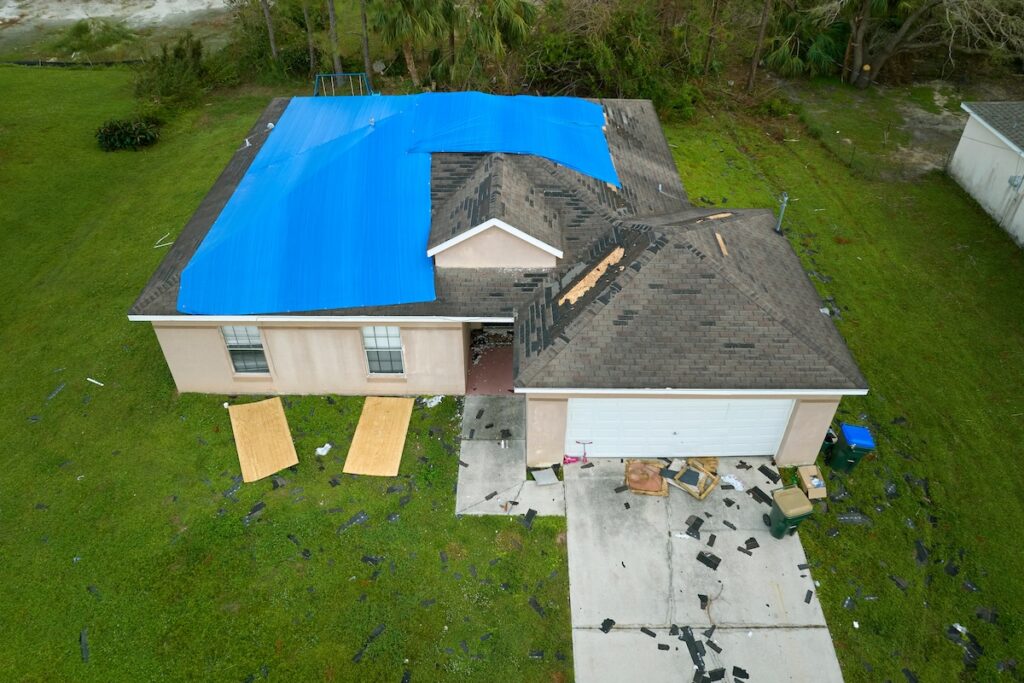
Storm Damage Roof Inspection: What Professionals Look For
A storm damage roof inspection is one of the most important steps Texas homeowners can take after severe weather. High winds and driving rain can loosen shingles, bend flashing, and invite moisture into places it does not belong, and a professional inspection makes sure small issues do not grow into costly repairs.
- Safety first: Trained inspectors climb and move on roofs safely and prevent homeowner injuries.
- Hidden damage: Professionals spot subtle problems that are easy to miss from the ground.
- Clear next steps: An organized report tells you what to fix now and what to monitor over time.
🔍 Why Post-Storm Inspections Matter In Texas
Texas weather can change quickly, and even brief thunderstorms can stress a roof. In Carthage and surrounding areas, homes see stretches of heat, sudden downdrafts, and bursts of heavy rain that test every seam and fastener on the roof system.
Two issues drive most post storm problems in our region. First, wind lifts edges and loosens components that looked secure the day before. Second, wind driven rain finds any weak point and turns it into a leak. A timely inspection keeps these small openings from becoming structural headaches.

Hidden Damage You Cannot See From The Ground
From the yard, a roof can look perfectly fine after a storm. Up close, inspectors often find bruised shingles, missing granules, bent ridge caps, and sealant lines that no longer adhere. Water can follow these tiny pathways under the surface and travel several feet before it shows up as a stain on a ceiling. That is why pros check not only the visible plane of the roof but also the terminations, edges, and overlaps where failures start. Early detection preserves both the roof covering and the wood deck beneath it.
How Wind And Wind Driven Rain Affect Roof Systems
Wind creates upward pressure at roof edges and across ridges that can loosen fasteners and lift shingle tabs. Once a tab lifts, rain can be pushed underneath and soak the underlayment. Repeated events compound the wear and invite premature aging of shingles, tiles, or metal panels. Wind driven rain also tests the integrity of flashing at chimneys, skylights, and vents, as well as sealant around fasteners. A professional inspection maps these vulnerable points and confirms everything is sealed and secure for the next round of weather.
🧑🔧 What Professionals Look For During An Inspection
A thorough evaluation covers the entire roofing system, not only the surface. Inspectors move in a methodical pattern so nothing is missed and so findings are easy to document for insurance review in Carthage and surrounding areas.
The checklist includes both exterior and interior components. Exterior checks confirm the roof can shed water correctly. Interior checks confirm that moisture has not entered and damaged framing, insulation, or finishes. Together, these views provide a complete picture of roof health after a storm.

Shingles, Tiles, Or Metal Panels
On asphalt roofs, inspectors look for granule loss, fractured mats, creased tabs, and edges that no longer sit flat. On tile roofs, they look for hairline cracks, displaced pieces, and broken corners that allow water to reach the underlayment. On metal roofs, they check for finish scuffs, loose seams, and fasteners that have backed out. Any of these conditions can let water travel below the surface and shorten the service life of the covering. The goal is to find and fix the earliest signs before they turn into leaks.
Flashing, Penetrations, And Sealants
Flashing protects the joints around chimneys, walls, skylights, and plumbing vents. Storms can bend metal, loosen nails, or separate sealant lines that keep water out. Inspectors probe these areas carefully, look for rust or staining, and confirm that step flashing and counter flashing interlock as designed. They also verify that sealant remains flexible and bonded. Correcting a small gap at a penetration now is far less expensive than repairing a saturated wall later.
Gutters, Downspouts, And Drainage
A roof cannot succeed without proper drainage. Inspectors check for dents, separations, and clogs in gutters and downspouts, then confirm that water can flow away from the home. They also look for piles of shingle granules in the gutters, which indicate surface wear from wind and rain. Where valleys collect debris, they clear the path so the next storm does not push water sideways into seams. Good drainage protects the entire building envelope and keeps water away from foundations and landscaping.
Attic And Interior Evidence
The attic often tells the truth about storm damage. Inspectors look for damp insulation, stained decking, dark streaks on rafters, and musty odors that point to moisture intrusion. They also check ventilation paths to be sure fresh air can move through soffits and out at the ridge. Inside living spaces, they scan ceilings near exterior walls and around fixtures for faint yellow rings or bubbled paint. When interior signs are caught early, repairs are smaller, less invasive, and far less expensive.
✅ 7-Step Inspection Checklist
A well run storm inspection follows a clear sequence so nothing is missed and homeowners receive a complete plan. Here is the process many pros use in Carthage and surrounding areas.
- Safety assessment: Inspectors evaluate ladder placement, roof pitch, and surface condition to ensure a safe approach before stepping on the roof.
- Ground level scan: They walk the property to spot missing shingles, displaced tiles, bent gutters, and debris patterns that reveal wind direction.
- Surface walk and photo mapping: Pros move ridge to eave, document every slope with photos, and mark locations of damage for the final report.
- Flashing and penetration check: Chimneys, skylights, vent stacks, wall transitions, and valleys are examined for gaps, lifted edges, or failed sealant.
- Drainage verification: Gutters, downspouts, and valley channels are cleared if needed and confirmed to carry water away correctly.
- Attic and interior inspection: The attic is checked for stains, damp insulation, daylight at penetrations, and proper ventilation paths. Living spaces are also scanned for ceiling stains or bubbled paint.
- Report and recommendations: Homeowners receive photos, notes, a prioritized repair list, and guidance for contacting insurance if a claim is appropriate.

⛈️ Tips For Homeowners Between Storms
The best time to protect a roof is before the weather turns rough. A few simple habits extend roof life and reduce the chance of surprise leaks. When in doubt, a quick call to a trusted local contractor can save hours of cleanup later.
Consistency is more important than complexity. Focus on small tasks you can repeat each season. Combine a quick yard walk after big rains with a scheduled professional inspection each year, and your roof will thank you with fewer emergencies and lower lifetime costs.
🤝 Protect Your Texas Home With A Trusted Inspection
A detailed storm damage roof inspection gives Texas homeowners the confidence that their home is protected and ready for the next round of weather. By examining the surface, the details, and the attic together, professionals catch problems early and provide a clear plan to fix them. That means fewer surprises, fewer interior repairs, and a roof that lasts longer.
M&M Roofing is the trusted local choice for thorough inspections and reliable repairs in Carthage and surrounding areas. Our team knows Texas weather and brings disciplined, professional care to every home we serve. Contact M&M Roofing today for a free estimate, and let us make sure your roof is safe, dry, and ready for whatever the forecast brings.
